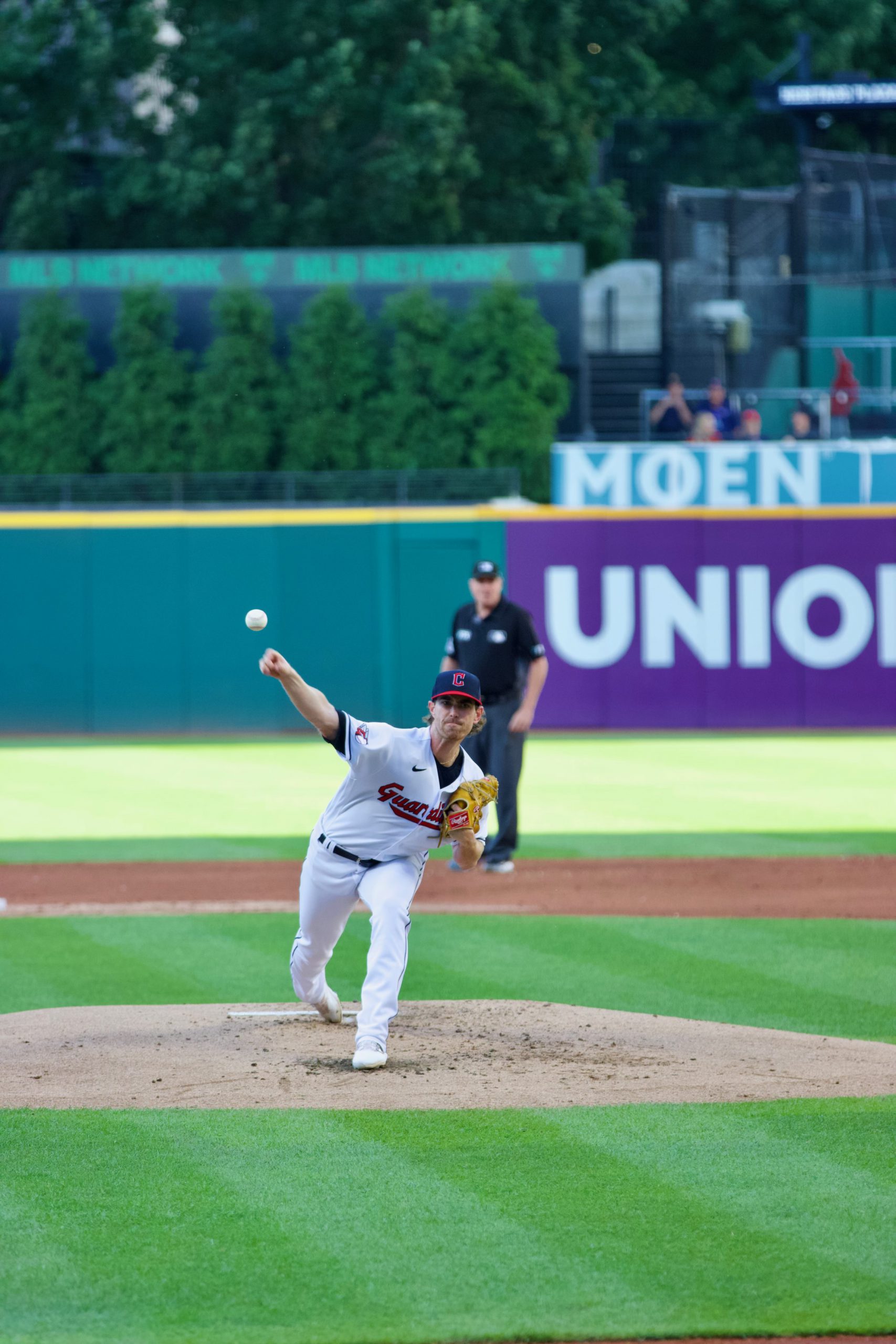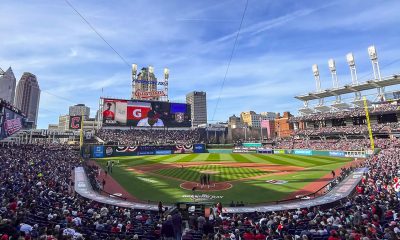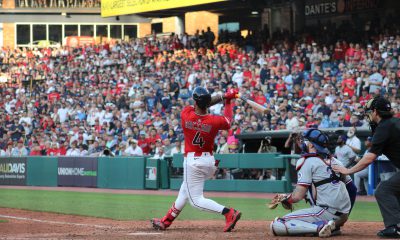
Shane Bieber, in the eyes of most Guardians fans, is the “ace” of the Cleveland starting pitching staff. One way of defining an “ace” is “the best starting pitcher on the staff”. While that would mean there are 30 starting pitchers that are “aces”, the definition falls apart in two instances. The first is the situation with the Minnesota Twins. Sonny Gray, Joe Ryan, and recent acquisition Pablo Lopez are quality starting pitchers. But would you really define one of those three an “ace”? The second is the situation with the New York Mets. Queens has Justin Verlander and Max Scherzer as SP1A and SP1B. Most knowledgeable observers would say both are “aces”. If there is only one “ace” per team, I wouldn’t want to tell either Verlander or Scherzer they are not an ace.
I am researching some quantifiable aspects of “ace” definition. Over the course of the next few weeks, I will attempt to inject some objective measures that help bring into focus, and perhaps support, most fans’ subjective opinions. For this series of articles, I’m using 4 starting pitchers who are generally considered to be “aces”: Justin Verlander, Shohei Ohtani, Max Scherzer, and Sandy Alcantara. I did not want to use pitchers on either the Guardians or the Twins, to eliminate any bias. After each evaluation, I then will analyze each measure against the top 3 starters on each team: Bieber, Cal Quantrill, and Triston McKenzie of the Guardians – and Gray, Ryan, and Lopez of the Twins. (Verlander’s stats are from Houston, and Lopez’ stats are from Miami.)
Part 1 of the series looks at one subjective measure of an “ace”: He elevates the team’s performance. Unlike WAR, however, I simply look at the teams won-loss record in games he pitched in. Then, I compare that win percentage to his team’s overall won-loss record.
Justin Verlander: 20-7 (.741); Houston (.654) = +.087
Shohei Ohtani: 16-12 (.571); Los Angeles Angels (.451) = +.120
Max Scherzer: 14-9 (.608); New York Mets (.623) = -.015
Sandy Alcantara: 19-13 (.594); Miami Marlins (.426) = +.168
Applying this standard to the research control set, one could say that Alcantara elevated the Marlins the most, and Scherzer actually lowered the Mets’ performance. Part 2 of this series will dive deeper into why this happens, but for now it appears that Verlander, Ohtani, and Alcantara pass the first quantifiable measure of “aceness”. (Yes, it appears that the better the team’s record, the less “elevation” is experienced.)
Now, let’s evaluate the top 3 SPs on the Guardians and the Twins:
Shane Bieber: 20-11 (.645) = +.077
Cal Quantrill: 22-9 (.710) = +.141
Triston McKenzie: 19-10 (.655) = +.087
GUARDIANS: 92-70 (.568)
Sonny Gray: 14-10 (.583) = .102
Joe Ryan: 17-10 (.630) = +.149
Pablo Lopez: 16-16 (.500 with MIA) = +.074
TWINS: 78-84 (.481)
Evaluating the 6 starters reveals that the Guardians had a worse won-loss record with Bieber on the mound than McKenzie or Quantrill. At least using this measuring stick, Quantrill was the “ace” of the Guardians pitching staff in 2022.
Onto the Twins. Despite their 78-84 record, the Twins’ record with Gray and Ryan starting was 31-20 (.608), meaning the other 500 starters (or so it seemed) mustered a 47-64 (.423) record. Clearly, Gray and Ryan elevated the Twins more than Bieber elevated the Guardians. As for Lopez, he elevated the Marlin similarly to Bieber (.074 vs. .077). Certainly, Lopez is an improvement over what the Twins had in 2022. (Yes, Minnesota gave up the reigning AL batting champ in Luis Arraez. Worth it!)
The next evaluation will be on analyzing team won-loss records when the starter did not get the win or loss. There is a lot to analyze there. Suffice it to say that pitchers who are the “ace” of their staff usually end up facing the other team’s ace more often than the other starters. How they did in those games will be thoroughly analyzed and reported.















Recent Comments